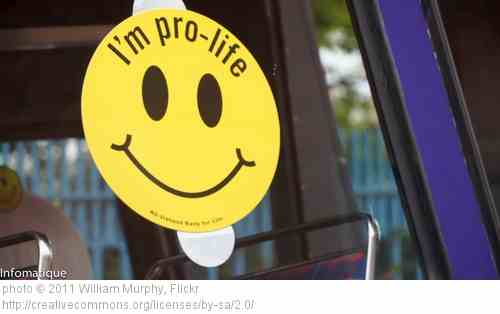The latest proposal by House Republicans to eliminate the adoption tax credit has sent pro-lifers into a frenzy. The ERLC, Susan B. Anthony List, and related groups have denounced the Republican proposal as insufficiently pro-life. One prominent conservative website went so far as to suggest that Republicans should simply shut down the party if they do not keep the credit. Even Ross Douthat described the proposed cut as “zombie Reaganism at its dumbest.” My Twitter has been a steady drumbeat of people denouncing Republicans for their hypocrisy, never mind that the bill was itself authored by an adoptive father. Respectable opinions are all of one mind on this: the adoption tax credit must be saved, and anyone who says otherwise comes nigh being a moral monster.
Login to read more
Sign in or create a free account to access Subscriber-only content.
Topics:
